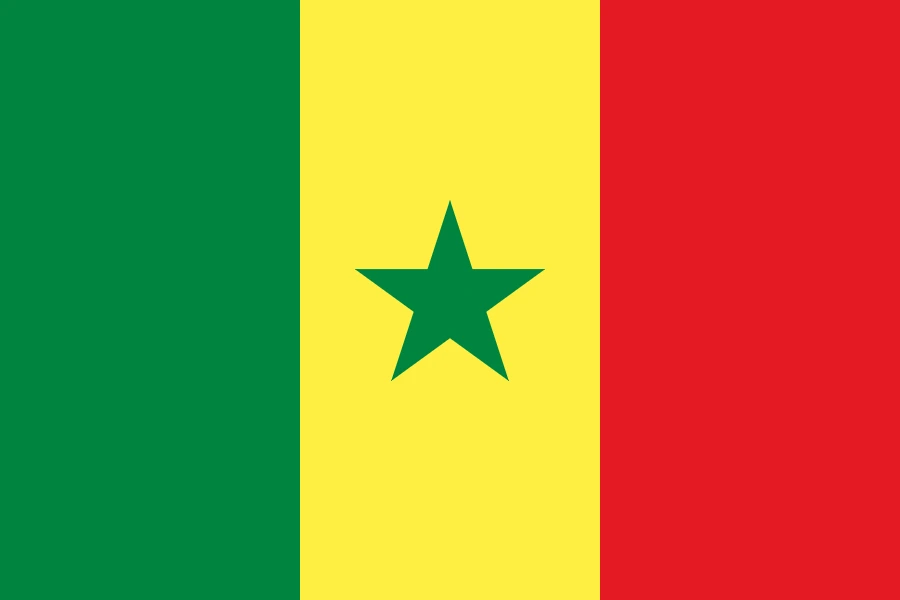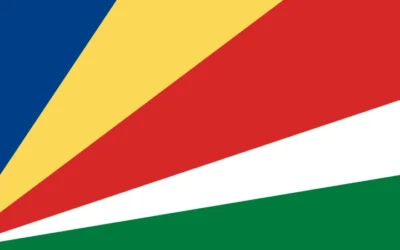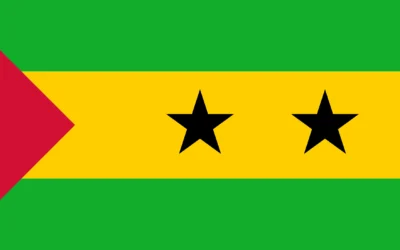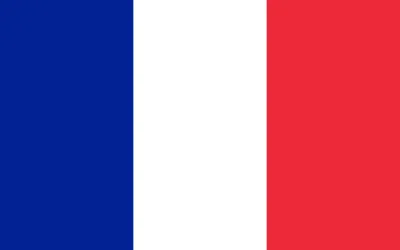Senegal Travel Guide
Discover Why You Should Visit Senegal
Why Visit Senegal?
Senegal is a vibrant West African nation known for its rich culture, historic significance, and stunning coastal landscapes. As one of the region’s most stable and welcoming countries, Senegal offers a blend of modern urban energy and deep-rooted traditions.
From the rhythmic sounds of mbalax music to the poignant history of Gorée Island and the pink waters of Lake Retba, Senegal is a top destination for cultural exploration and beachside relaxation.
Ideal for: Cultural travelers, music and dance lovers, history enthusiasts, and beachgoers.
Must-Know Facts
Capital/Major City: Dakar
Language(s): French (official), Wolof and other local languages
Currency: West African CFA Franc (XOF)
Best Time to Visit: November to May (dry season)
Fun Fact: The Dakar Rally, one of the most famous off-road races, was originally named after Senegal’s capital city.
Top Things to Do
Visit Gorée Island and the House of Slaves for a moving look at the transatlantic slave trade
Explore the bustling markets, art galleries, and nightlife of Dakar
Relax on the beaches of Saly, La Somone, and Ngor Island
Discover Lake Retba, also known as the Pink Lake, due to its vivid color
Experience traditional dance, wrestling, and music at local festivals
Local Culture & Lifestyle
Senegalese culture is shaped by its many ethnic groups, including Wolof, Serer, Pulaar, and Jola, each with distinct languages, dress, and customs. Islam is the predominant religion and influences daily life and festivities.
Family, hospitality, and respect are central values. The concept of ‘teranga’ (hospitality) defines the warm and welcoming spirit of the Senegalese people.
Traditional wrestling, known as ‘laamb’, is a major sport and cultural expression.
Food & Drink Highlights
Street Food: Fataya (fried meat pastries), dibi (grilled lamb), nems (Senegalese spring rolls)
Restaurants: Le Lagon and Chez Loutcha in Dakar, beachside cafés in Saly
Drinks: Bissap (hibiscus tea), bouye (baobab juice), attaya (mint tea)
Desserts: Thiakry (sweet millet couscous), banana beignets, mango with chili and lime
Main Dish & Culinary Symbols
Signature Dish: Thieboudienne – fish and rice cooked in a tomato-based sauce with vegetables
Common Ingredients: Fish, rice, tomatoes, onions, okra, peanut, and cassava
Culinary Culture: Meals are typically eaten from a shared bowl, seated on the floor, with great emphasis on hospitality and community
Symbols & Icons of the Area
Natural Icons: Lake Retba, Atlantic coast, Saloum Delta
Cultural Icons: Baobab trees, kora instrument, sand paintings, colorful textiles, African Renaissance Monument
Hidden Gems & Off-the-Beaten-Path
Saloum Delta, a UNESCO biosphere reserve with mangroves and traditional villages
Saint-Louis, the colonial-era town with French architecture and jazz heritage
Casamance region, lush and less-visited, with strong animist traditions and unique landscapes
Shopping & Souvenirs
What to Buy: Wax print fabrics, woven baskets, wooden masks, handmade jewelry, sand paintings
Where to Shop: Soumbédioune Market and Village des Arts in Dakar, craft markets in Saint-Louis and Casamance
Getting Around
Public Transport: Buses, taxis, and minibuses called ‘car rapides’ are common
Car Rentals: Available in major cities, with or without a driver
Tip: Domestic flights and ferries connect Dakar with remote areas like Ziguinchor
Walkability: High in neighborhoods, markets, and coastal towns
Travel Tips
French is widely spoken, and knowing a few phrases helps with navigation and hospitality
Respect local customs, particularly around religious sites and dress in rural areas
Haggling is common in markets, and polite bargaining is expected
Take anti-malarial precautions, especially when visiting outside the capital
Where to Stay
Budget: Hostels and local guesthouses in Dakar and Saint-Louis
Mid-range: Hotel Le Djoloff, La Résidence, Casa Mara
Luxury: Radisson Blu Dakar, Lamantin Beach Resort, Les Palétuviers in the delta
Unique: Beach lodges, eco-resorts, and traditional compound-style accommodations
Sample 4-Day Itinerary
Day 1: Arrive in Dakar, visit the African Renaissance Monument and city markets
Day 2: Day trip to Gorée Island, explore museums and learn about the island’s history
Day 3: Travel to Saly or La Somone for a day of beach relaxation and local dining
Day 4: Explore the Pink Lake and return to Dakar for an evening of live music






0 Comments